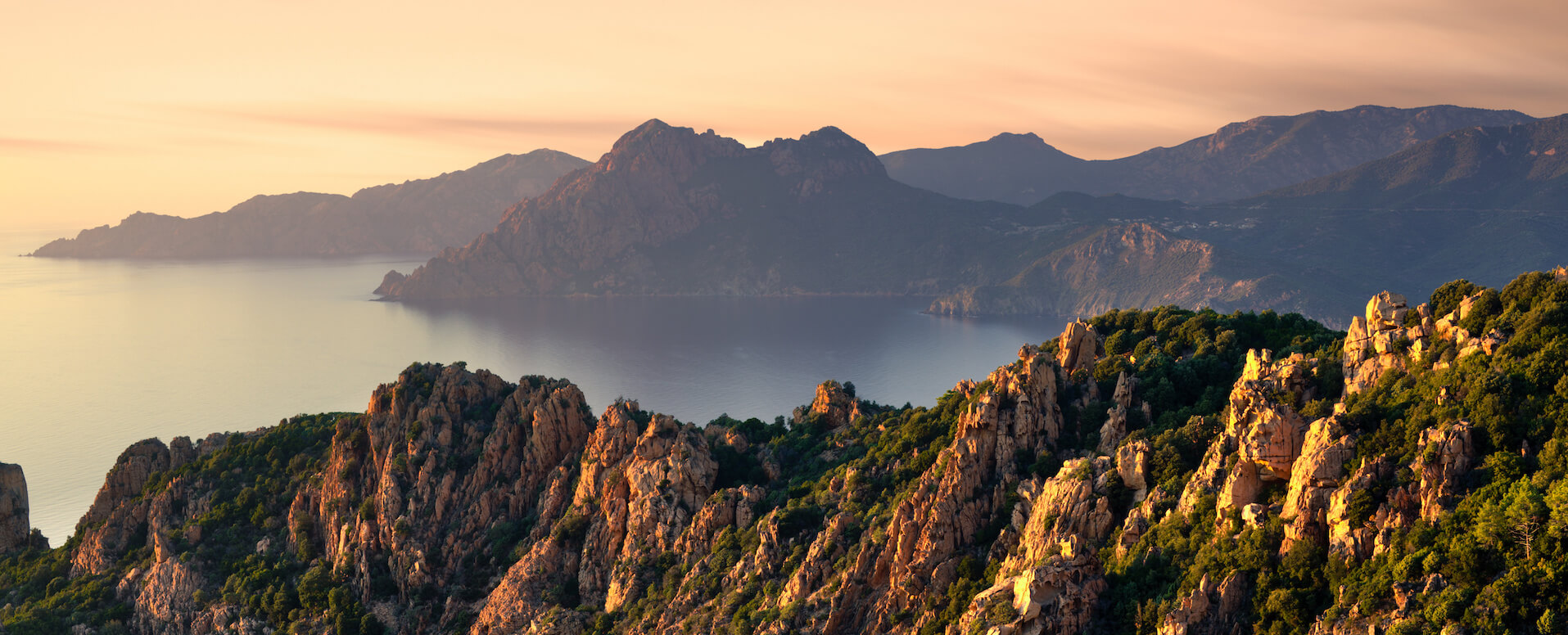Here are a few historical facts to know to understand the Corsican culture during your trip to the island of Beauty.
The island has undergone several raids and plundering during the Middle Ages. Vandals and pirates have made their way from North Africa in order to plunder the Corsican villages and capture men and women to initiate the slave trade.
The Corsican warriors thus attempt to repulse them, and a legend tells that the soldiers beheaded the invaders and presented their heads impaled on pikes to deter the enemies. Thus, the head of the Moor would have become the symbol of the island and its freedom.
From 1077, Corsica passed under Pisan domination. The bishop of Pisa governed the island and as a result many convents and churches were being built across the island. The territory was organised according to 90 parishes all directed by a priest.
However, the Genoese wanted to seize power on the island and then launched a naval battle of the Meloria in 1284. Little by little, the power of Pisa diminished and the Genoese took control of the territory.
The next 5 centuries were marked by the Genoese occupation. The numerous watchtowers bear witness to this period, as well as the cities of Calvi, Bastia and Saint Florent, Ajaccio and Porto-Vecchio, which are towns built by the Genoese.
The troubles began to settle on the island, supported by the troops of the King of France, Henry II. Sampiero Corso, the colonel of the army of France, led an invasion of Corsica to get rid of Genoese influence.
They seized the cities of Ajaccio, Bastia, and Corte but due to the treaty with France of Cateau-Cambresis, Corsica returned to the Genoese in 1559.
As early as 1755, Pascal Paoli (one of the most emblematic figures of Corsican history) tried to take back the island to the Genoese. A defender of democracy and social progress, he succeeded in offering Corsica 14 years of independence and even created a government of the Corsican nation and founded a republican constitution.
It was under his government that the symbol of the head of the Moor was brought to light. Formerly, the bandana was on the eyes of the Moor, but Paoli brought it back to the front to show the freedom found again of Corsica.
The Genoese finally surrendered the island to France with the signing of the Treaty of Versailles in 1768. Paoli therefore had to deal with the French army to retain the fruit of his work.
